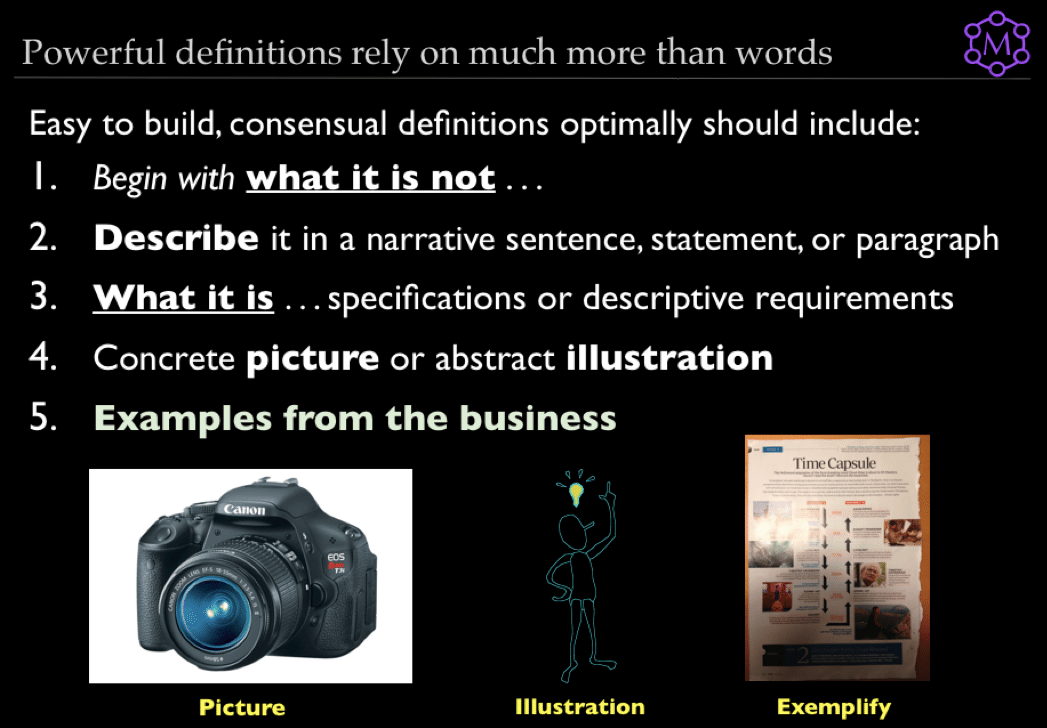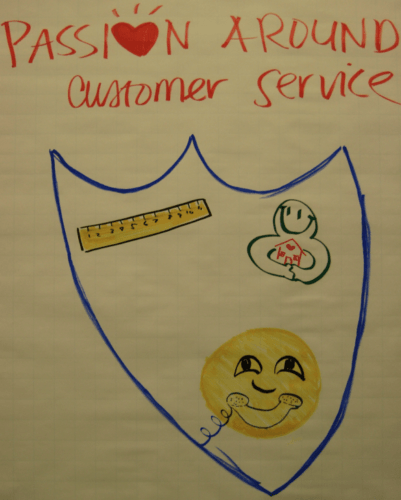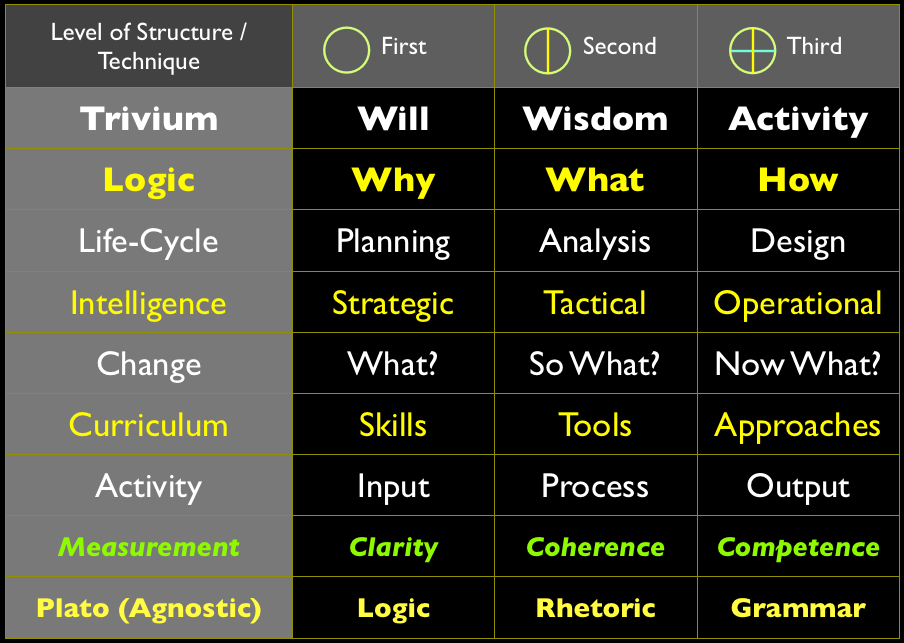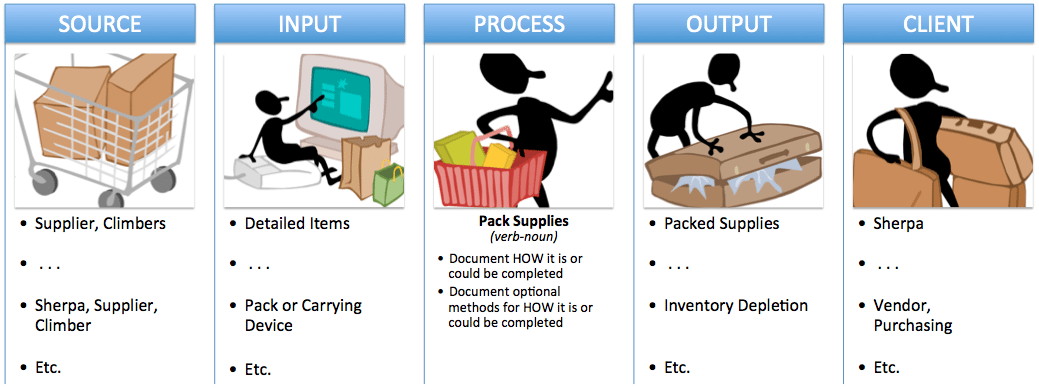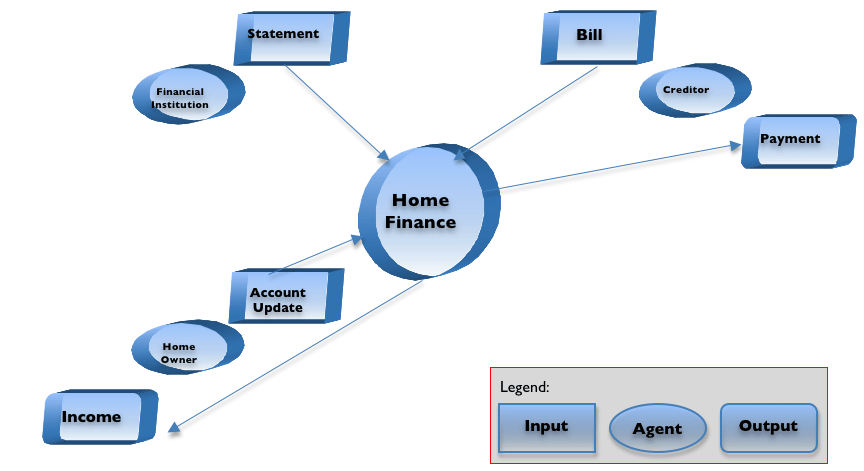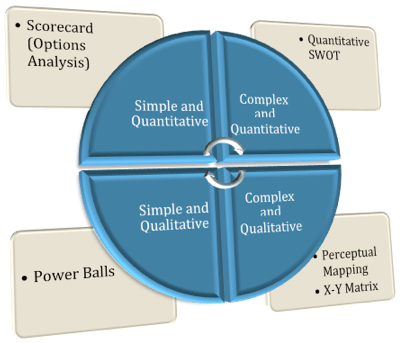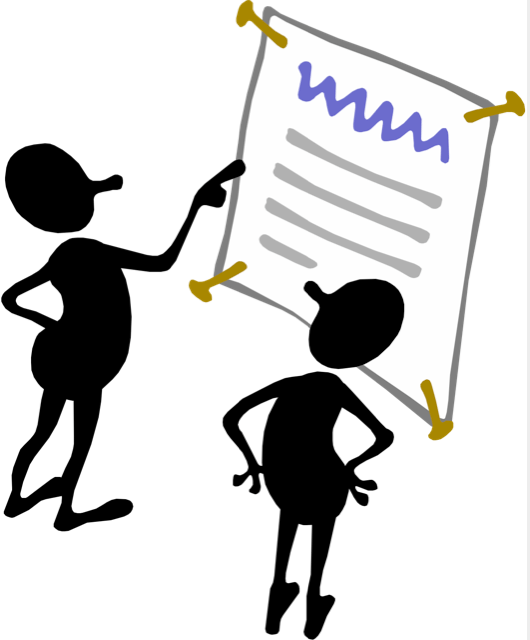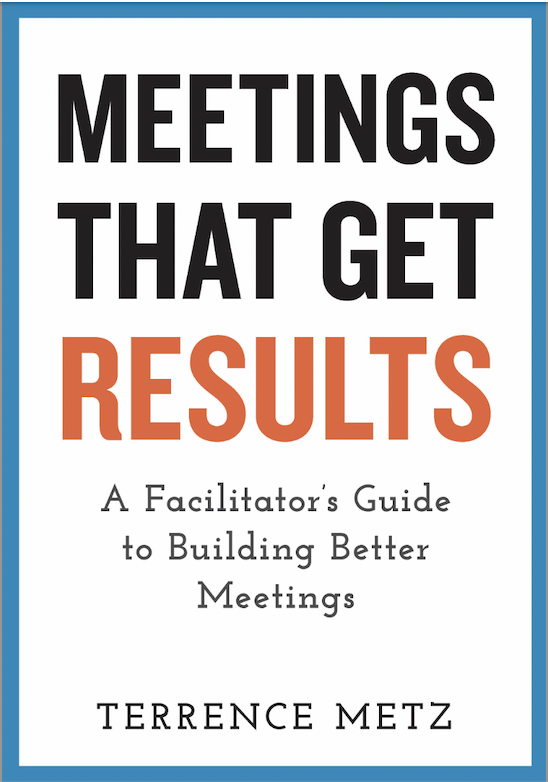The Bookend Method: A Rhetorical Strategy for Facilitators to Improve Decision-Making
In managing capital projects or leading teams, facilitators often grapple with prioritization, where every item can feel equally important. However, allowing everything to be "most important" dilutes focus and slows down decision-making. This is...
How to Use a Tools for Definitions Making It Easier to Consensually Plan and Decide
To build an operational and consensual definition that your group can live with, in their own words, and with their understanding, use the following Definition tool. Since narrative descriptions alone may fall short of expressing the complete...
The Purpose Tool: Building the Strategic Plan for a Function, Process, Activity or Product
Assuredly, organizational executives are known to go off-site to conduct strategic planning sessions, building consensus around vision and strategy to lead an organization to the future it seeks. Yet infrequently, if ever, the Account Payable...
Use the Creativity Tool to Launch Ideation When Brainstorming
The following Creativity tool stimulates the ideation activity of Brainstorming and enables people to express ideas and beliefs non-verbally, even if they cannot or will not do it orally. This is especially beneficial for developing visions of the...
A Few Dozen Highly Effective Icebreakers (aka, Meeting Sparks)
Use icebreakers to get participants vocal and more participatory sooner by introducing themselves beyond name and title. The following examples can be used by virtual participants as well. When virtual, make sure all participants identify...
One Essence, Three Aspects: The Rule of Thirds in the World of Facilitation
The rule of thirds helps guide the facilitator and meeting designer. The Project Management Institute (PMI) refers to planning, analysis, and design as separate stages across a project or product development. At ground level, the basic Use...
A Metaphor is Worth a Thousand Pictures: Explained Via Analogy
In the role of facilitator, you will discover a lot of power by using metaphors or analogies to explain your method. Avoid using the content and experience of the subject matter experts. In other words, a metaphor is worth a thousand pictures....
A Facilitator’s Profile is Much Like an Innovator’s Profile — a Design Thinker
“Contrary to popular opinion, you don’t need weird shoes or a black turtleneck to be a design thinker . . .” so goes the article from Harvard Business Review♦. The author suggests five characteristics found in design thinkers (i.e., innovators)...
How Experience and Qualifications Amplify the Planning Fallacy (i.e., “Overconfidence”)
Research by Ana Guinote and Mario Weick shows that people in positions of power are particularly ineffective planners. People who feel powerful focus on getting what they want and ignore the potential obstacles that stand in the way. The planning...
The Positive Psychology of Tactile Stimulation: Chenille Stems Make Everything Seem Easier
If you seek innovation and breakthroughs during your group meetings or workshops, do not clone yourself. Constantly strive to blend and mix various ingredients that stimulate participants, such as tactile stimulation. Prepare to keep all of your...
Context Diagram – A Consensually Built Picture Can Resolve a Thousand Arguments
Most of us have heard that a picture tells a thousand words. Consensually built pictures, especially those covering complex topics and interactions, can be used to help solve and resolve a thousand arguments. We are reminded by the IIBA...
14 Facilitator Typologies to Avoid (Humorous, Although Uncannily Real)
Here is a quick and somewhat humorous listing of fourteen different facilitator typologies or “personalities” you might seek to avoid. Our favorite is “The Pretender.” The “I Can’t Hear You” Guy— The facilitator refuses to listen, probably because...
Facilitating For-Profit Meetings Requires Structure Not Found in Kum-Ba-Yah
Facilitating for-profit business plans and requirements captures substantially different challenges than facilitating a Kum-Ba-Yah community forum or other volunteer-based meetings. While active listening serves both scenarios, decision-making that...
Meeting Icebreaker — Newspaper or Magazine Headlines about Accomplishments
This Meeting Icebreaker is from our collection of practical tips, tools, and techniques. Our tips are gathered from our experience, training classes, and alumni contributions. IceBreaker Tip One: Warming Up A Group This icebreaker tip is useful for...
Seven Skills for Managing Change in an Enterprise or Organization
To improve or enhance your personal skills and to help you understand the skills to seek in others that support effective change, you will find seven top skills for managing change. These skills are those most frequently identified by employers...
Stop wasting time and money!
With Meetings That Get Results, you’ll learn how to lead meetings that produce clear and actionable results every time. More important, how to avoid the worst possible outcome from any meeting—another meeting!
Developed from over 17+ years of research, delivery, and practice, including 15,000+ hours providing live instruction using Certified curriculum, Meetings That Get Results provides you with the tools and methods necessary to lead meetings that generate clear and actionable results, with deliverables that participants both understand and own.
“An essential handbook for any leader or facilitator of meetings. Especially as we have transitioned to more remote-based collaboration, I value all the tips to lead global team meetings.”
— Sana A. Manjeshwar, Global Principal Ombuds Manager, Chevron


